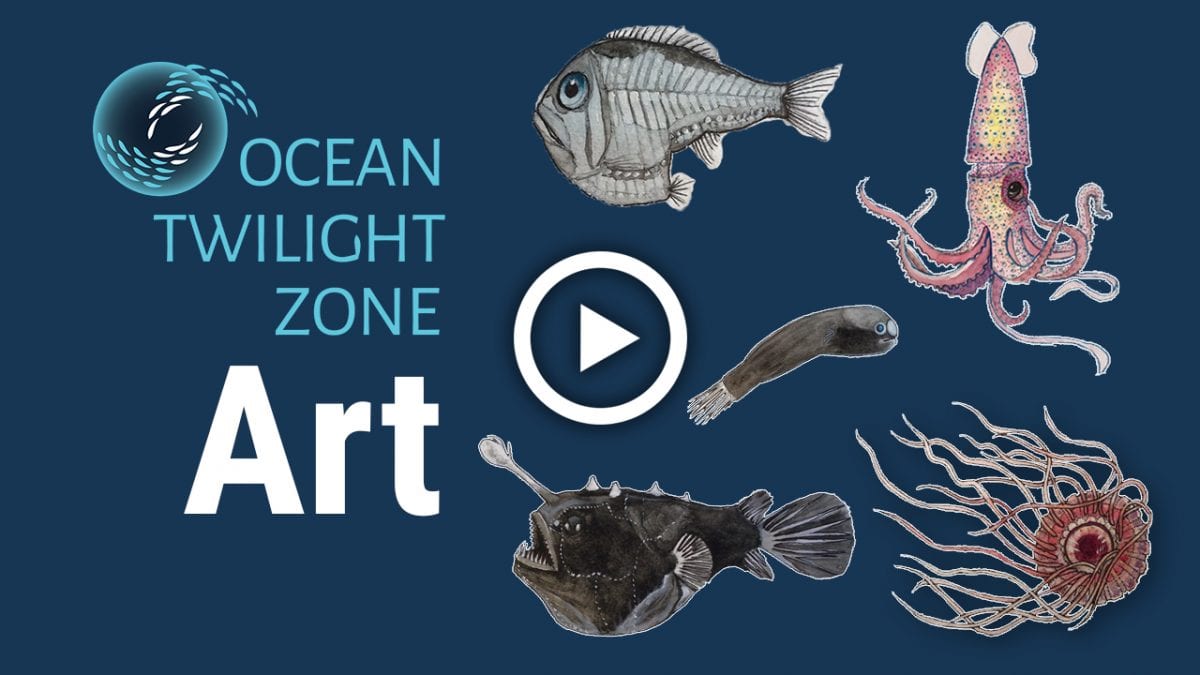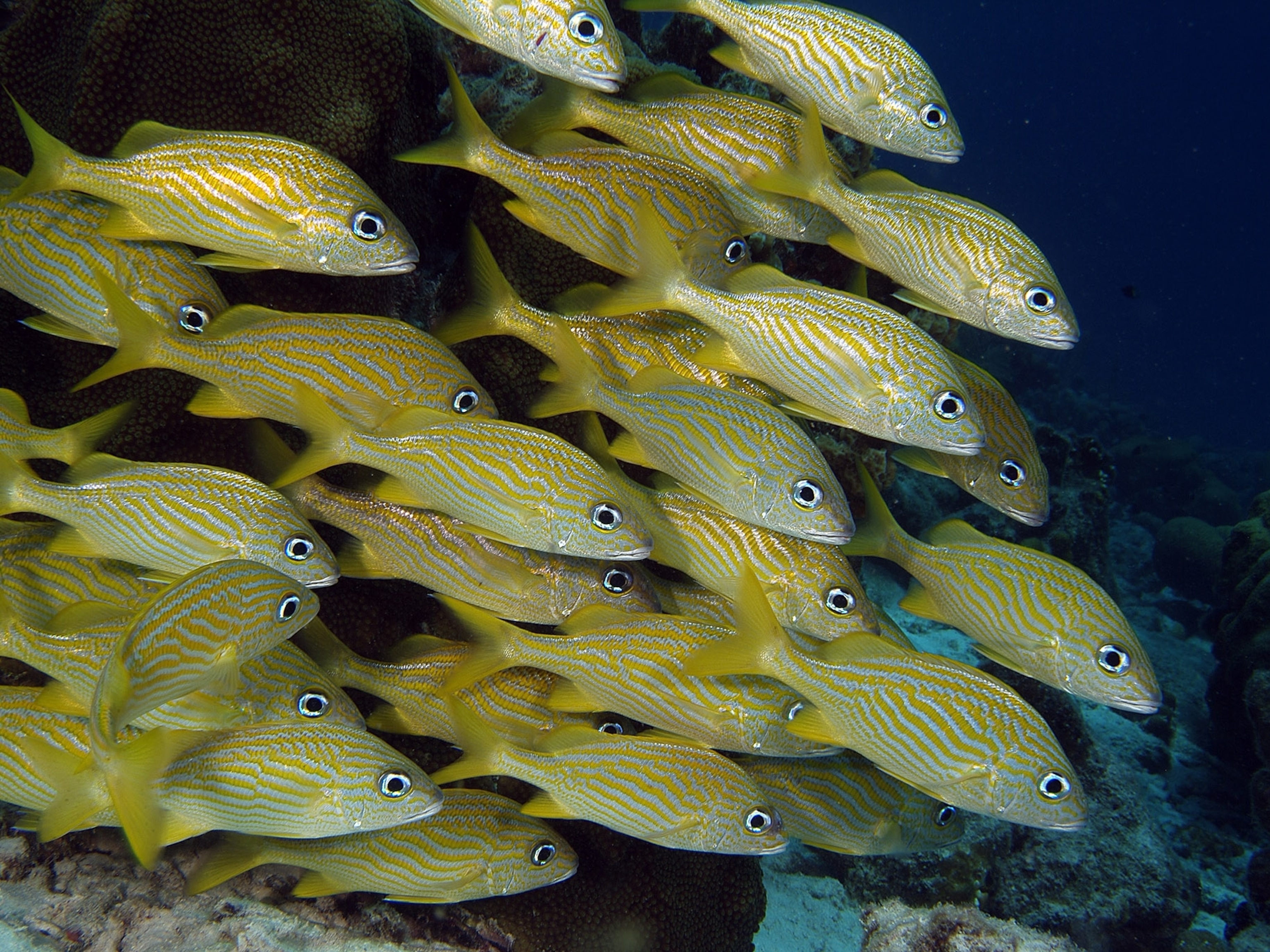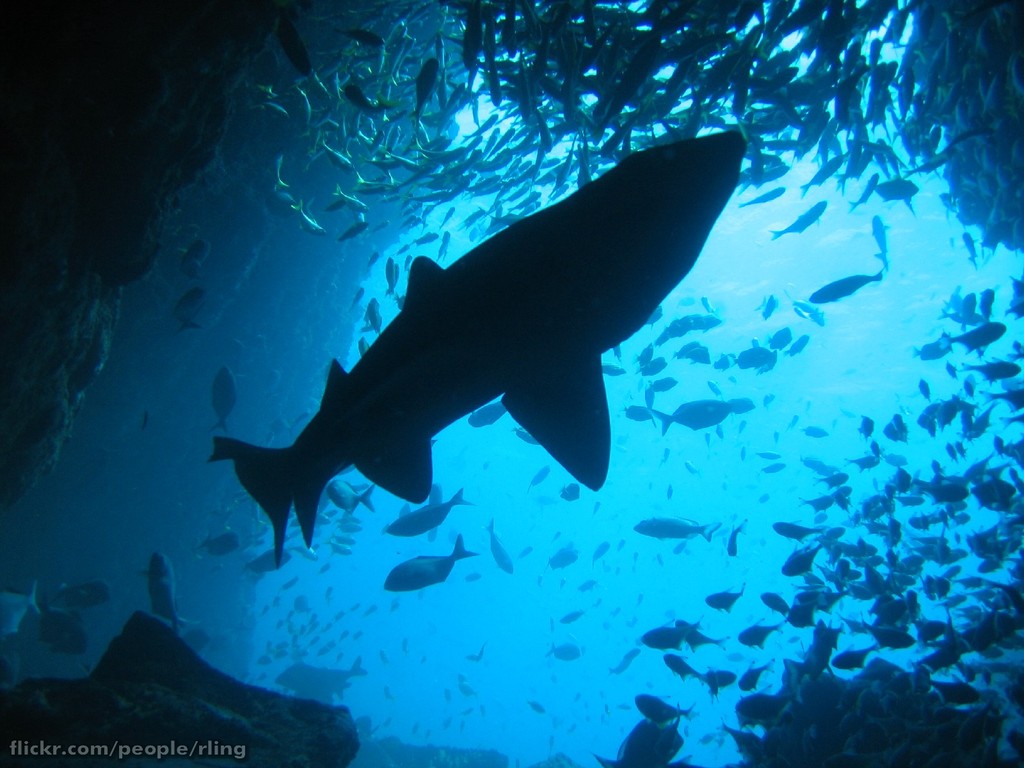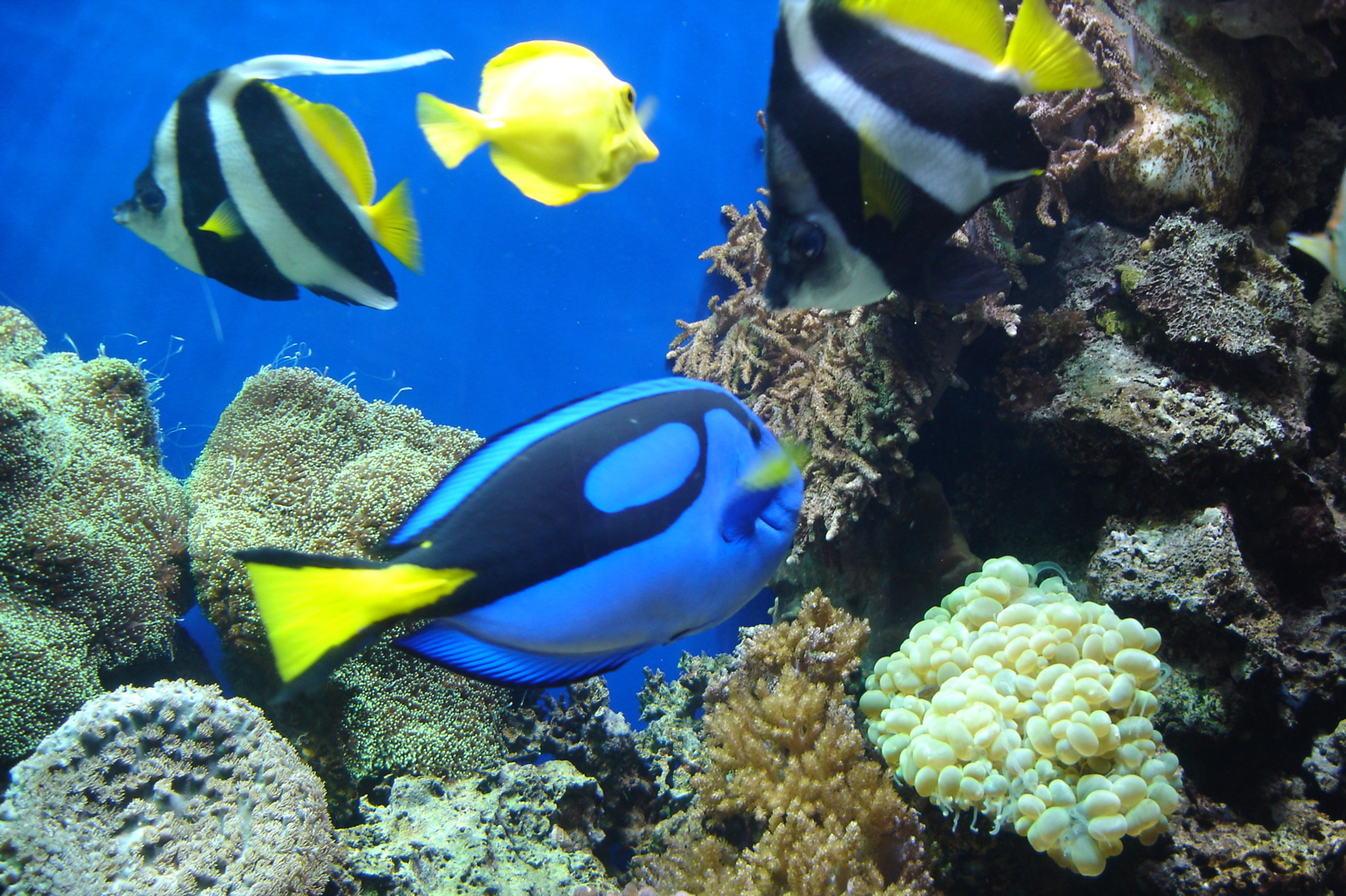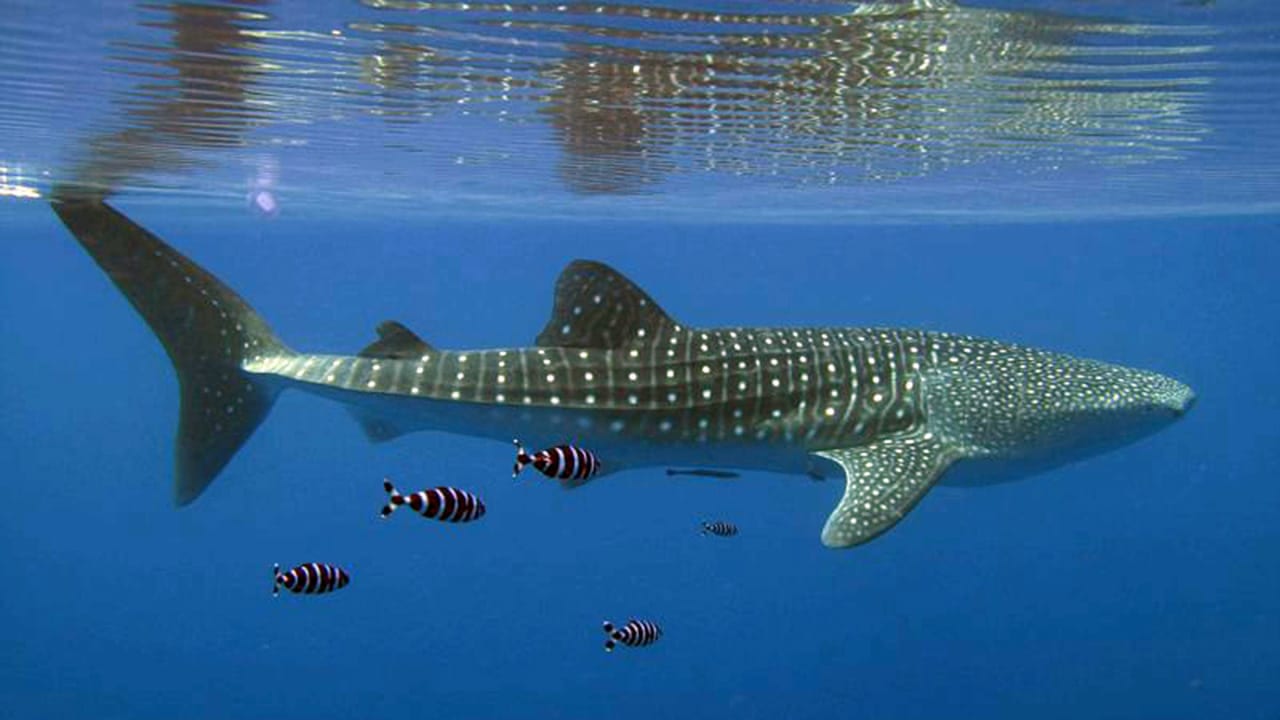Tropical Ocean Animals Adaptations

The tropical oceans of the world are home to fish mammals and birds as well as a myriad of invertebrates.
Tropical ocean animals adaptations. These adaptations enable the organism to regulate their bodily functions such as breathing and temperature and perform special functions like excreting chemicals as a defence mechanism. Animals such as flatworms sea stars giant isopod wood louse sole and flounder have adapted to living in the deepest ocean trenches where the pressure can be over one thousand atmospheres. Most tropical fish swim at 640 ft in depth.
Many adaptations that make sea turtles. Adaptations to Stay Afloat Some animals ex. Viscosity increases with decreasing temperature.
PowToon is a free. Many aquatic turtles such as mud and musk turtles can swim enough to survive but they are better suited for walking along the bottom of ponds rivers and swamps. Ocean animals have unique adaptations depending on what ocean habitat they.
Camels long leg eyelids hump are all examples of adaptation. Sharks are very good at finding food. Most animals have sleek bodies to swim through the water the sleek bodies help cut down friction on the animal.
Many beautiful and fragile animals have adapted to the warm waters of coral reefs. Tropical rainforests are the most biologically diverse terrestrial ecosystems in the world. Because the reefs offer natural protection to many of the fish many interesting adaptations.
The adaptations of a toucan in the Caribbean can include its bill and the colour of its feathers. One of the major behavioral adaptations of marine mammals is their ability to swim and dive. Gills allow them to breathe in the ocean water.







